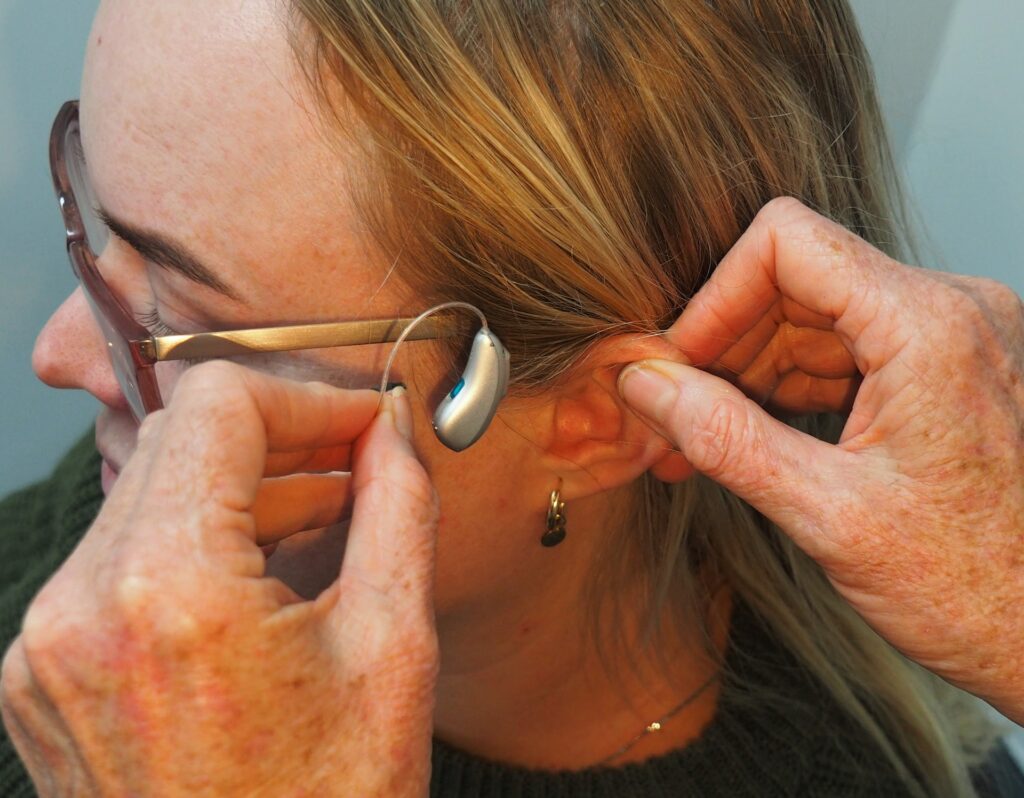Natural pain management may be your solution if you’re dealing with chronic pain. Unlike prescription painkillers, these approaches do not damage other systems in your body and have few to no side effects.
Instead, they stimulate the production of endorphins, the naturally occurring hormones that help your body feel good. These are the same ones that are produced when you exercise.
Diet
The right foods significantly impact your pain, mood, sleep, digestion, immune system, and overall health. Changing your diet can improve all these things and help you avoid unnecessary side effects of over-the-counter and prescription pain relievers.
Some foods ease aches by fighting inflammation, blocking pain signals, and even healing underlying diseases. Anti-inflammatory fruits, vegetables, whole grains, beans, and fish have been found to lower pain in many people.
Some pain relieving plants and spices also have pain-fighting properties. For example, chiles contain capsaicin, which depletes pain compounds to block pain signals, is an antioxidant, and lowers cholesterol. Other anti-inflammatory remedies include white willow, boswellia, devil’s claw root, and chamomile.
Exercise
Regular physical activity can reduce stiffness in muscles, joints, and the rest of your body. It can also boost the release of endorphins, natural pain relievers.
When you exercise, it is vital to do it at a low intensity. Don’t push yourself too hard if you have pain; this may cause stress and damage your muscles and joints.
Finding an enjoyable activity is a good starting point for a daily exercise routine. It will help you stick with it and motivate you to do it regularly.
For muscle pain, gentle stretching exercises can loosen up the area. Similarly, low-impact aerobic activities such as walking and cycling will likely place little strain on your muscles.
Acupuncture
Acupuncture can be a very effective way to treat pain without the side effects associated with many pain medications. It can also help prevent pain, like sprains and strains, from happening in the first place.
Acupuncture works by stimulating the nerves to release chemicals that naturally relieve pain. These include endorphins and enkephalins, which can reduce the sensation of pain and promote relaxation.
Numerous common health issues, including back pain, neck pain, headaches and migraines, arthritis, sciatica, and menstrual problems, can be treated with acupuncture. During acupuncture, needles are inserted into specific acupoints in the body to stimulate the flow of energy or qi.
Massage
Massage is a noninvasive, safe, and effective way to help reduce pain. It can also promote relaxation, improve sleep, and aid in injury recovery.
Therapeutic massage relieves pain by reducing inflammation, improving circulation, and relieving muscle tension. It can also stimulate the body’s natural painkillers, such as endorphins.
There are several types of massage, each suited to a different kind of pain. These include deep tissue, trigger point, and sports massage.
Yoga
Yoga is a mind-body practice that helps you relax, focus, control your breath, and strengthen your body. It is an efficient method for easing chronic pain, enhancing mental/emotional wellness, and reducing stress.
Pain is an unpleasant experience that can affect your mood and quality of life. It is caused by a response from your brain to harmful stimuli.
Chronic pain can change breathing, muscle tension, and body image. It also may cause you to feel less energy and optimism.
Yoga can help with pain management by increasing your flexibility and decreasing inflammation. It can also encourage meditative practice to help you cope with emotional triggers.





Leave a Reply
You must be logged in to post a comment.